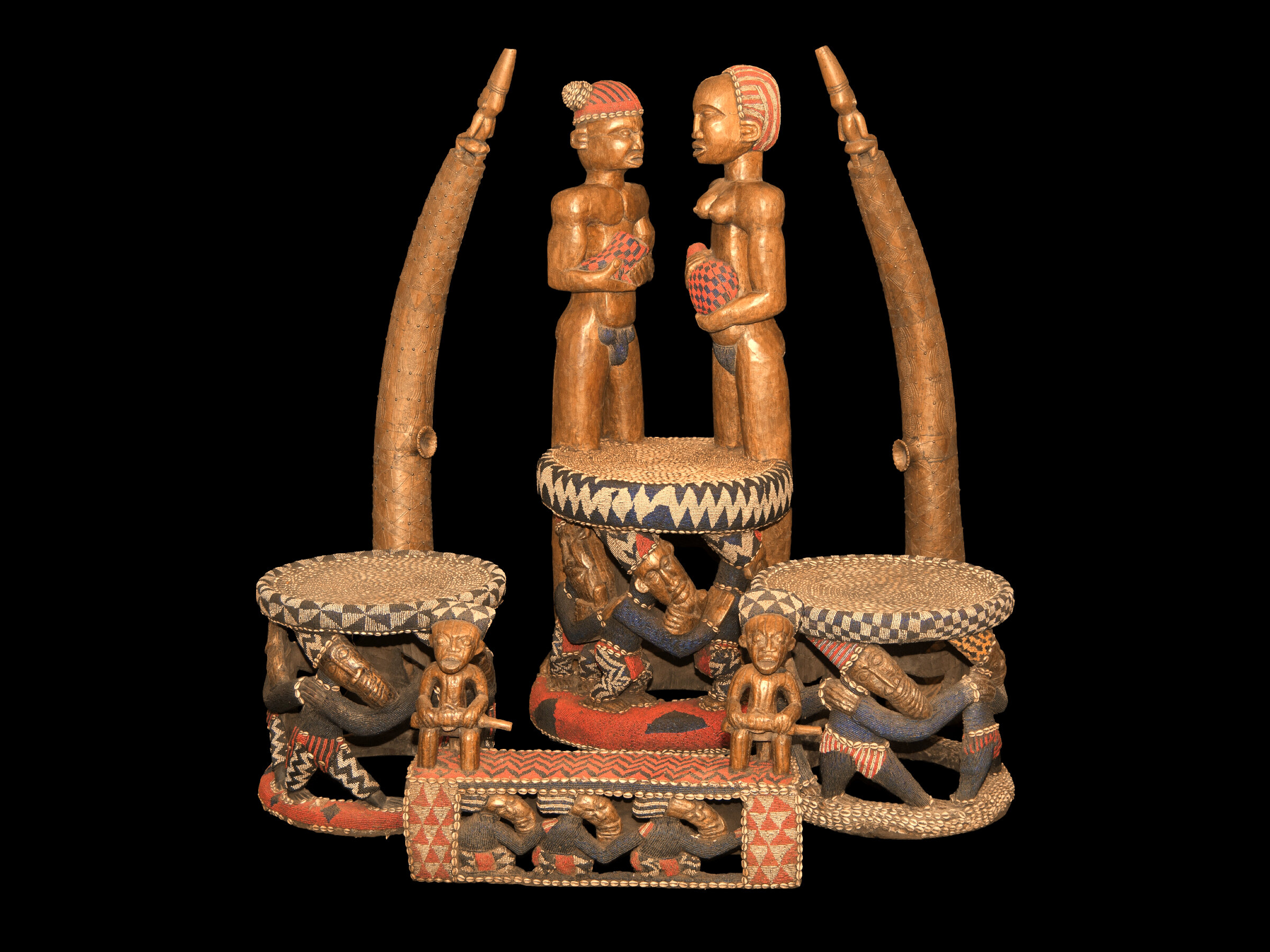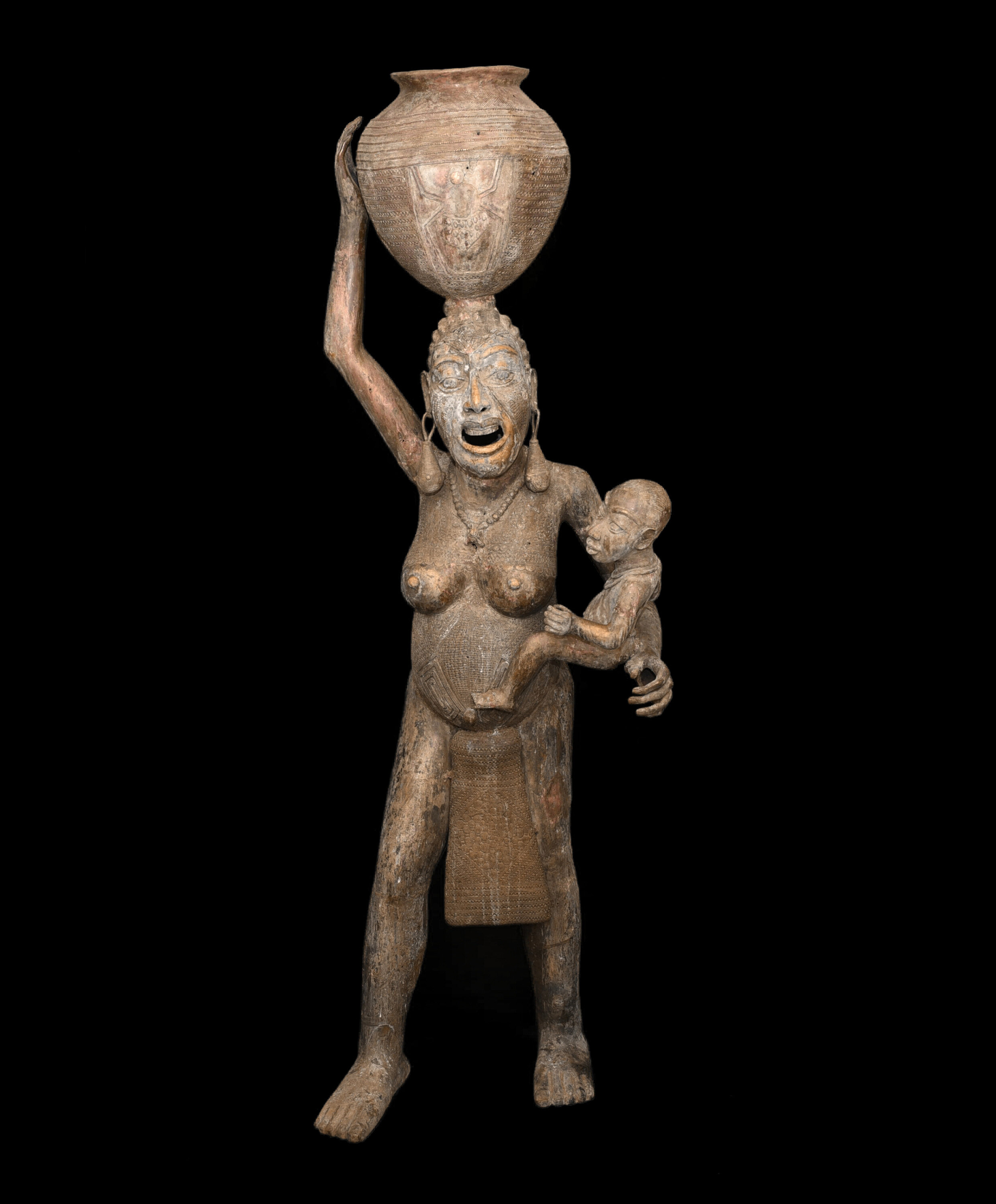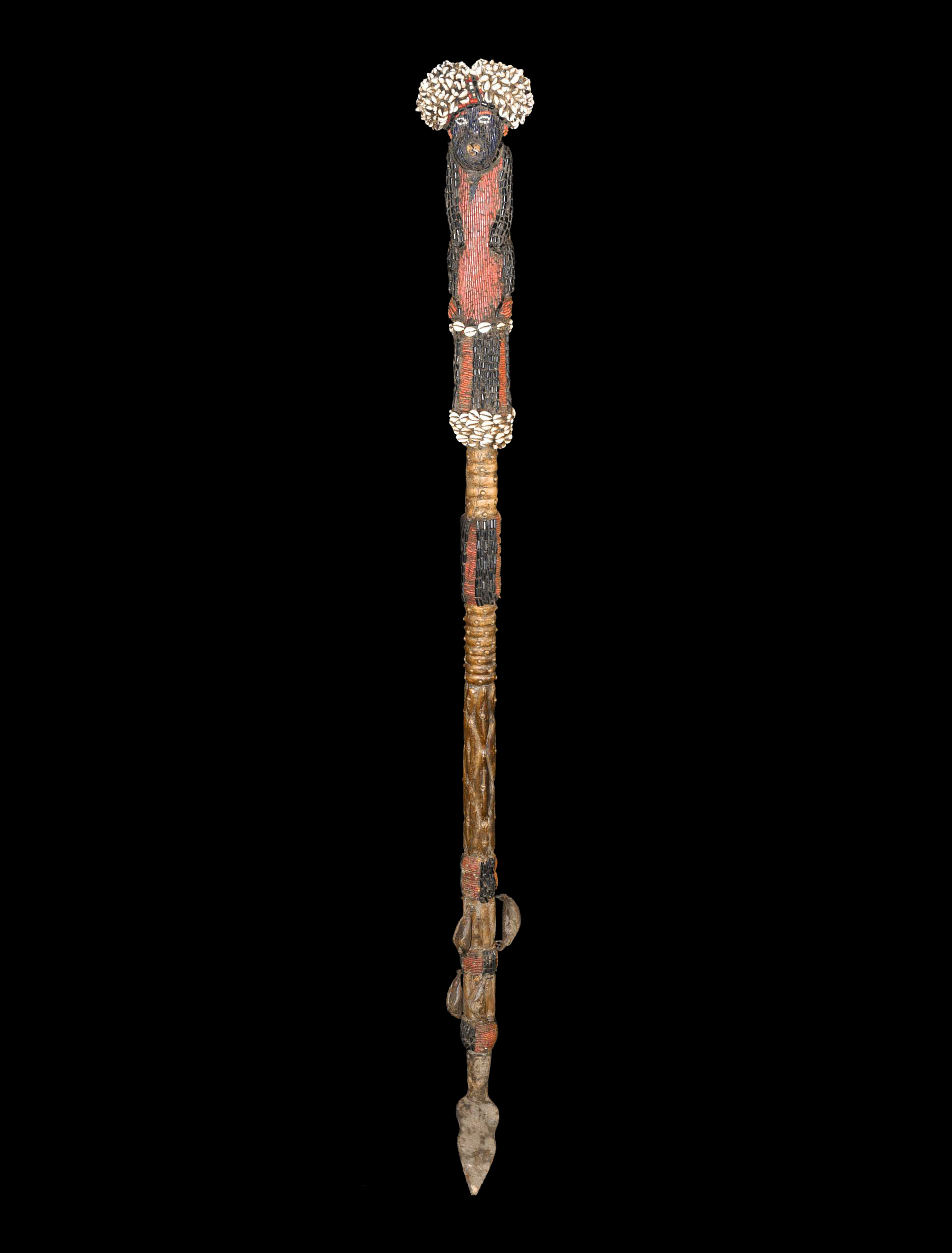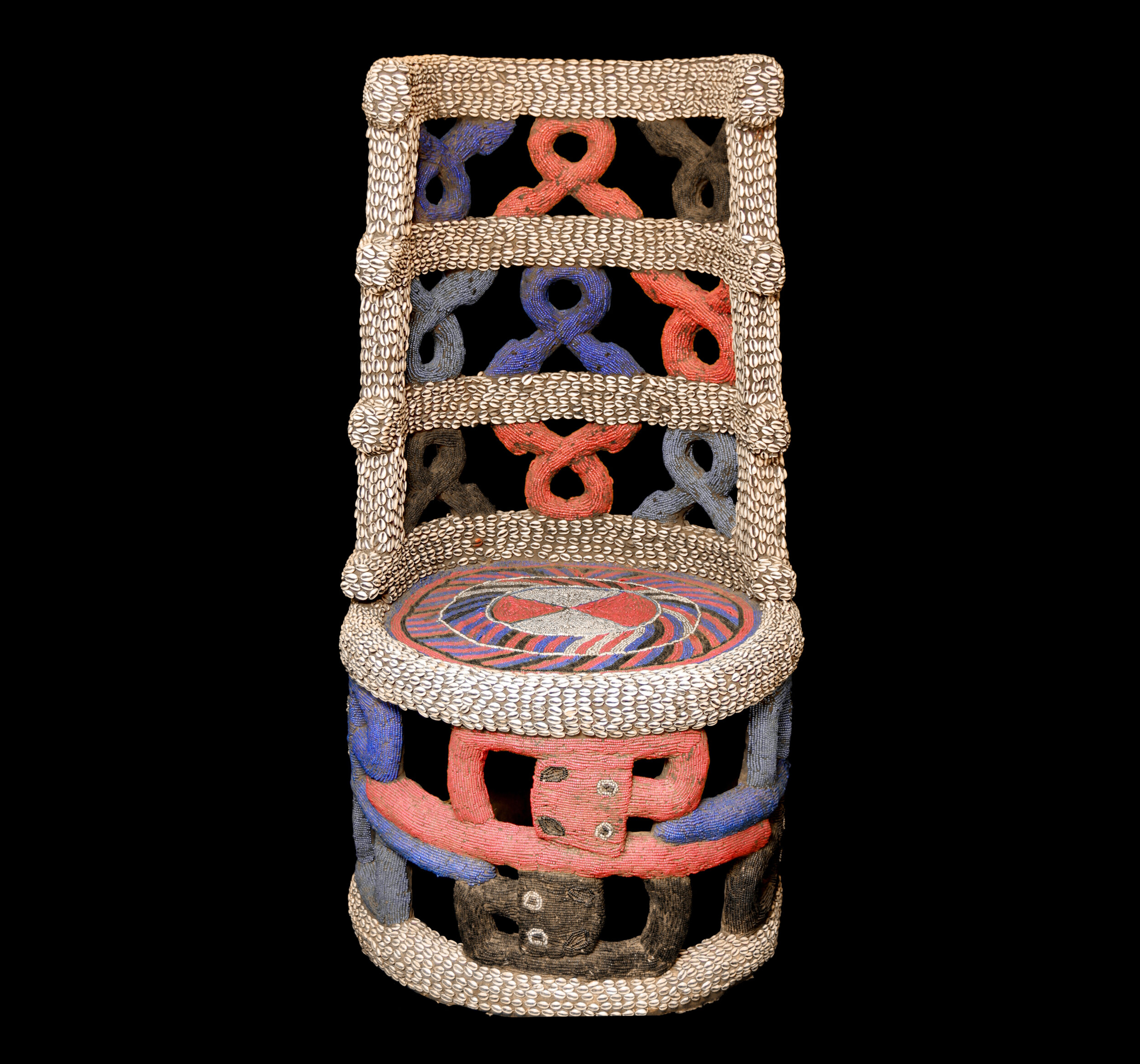ROYAL DOOR
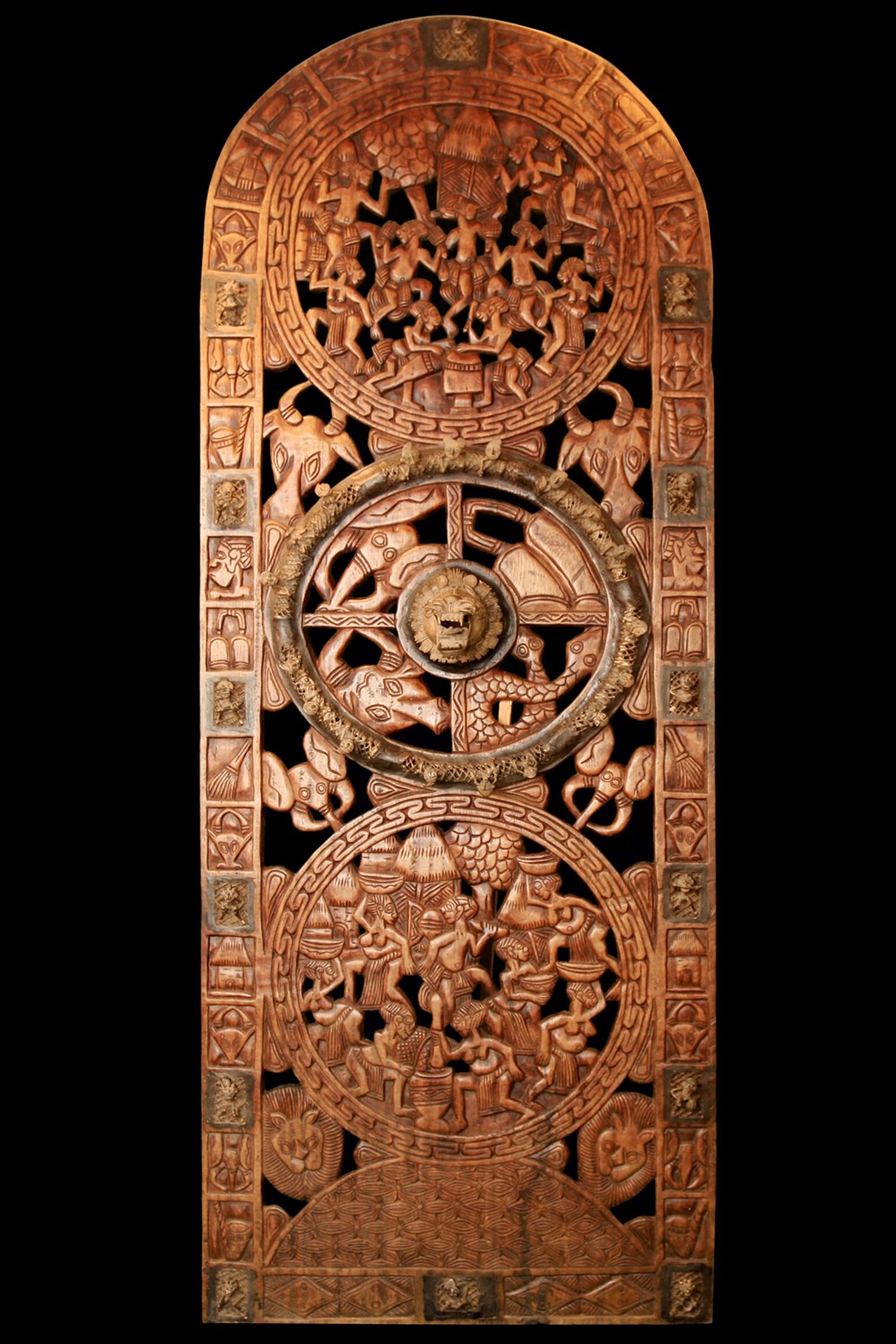

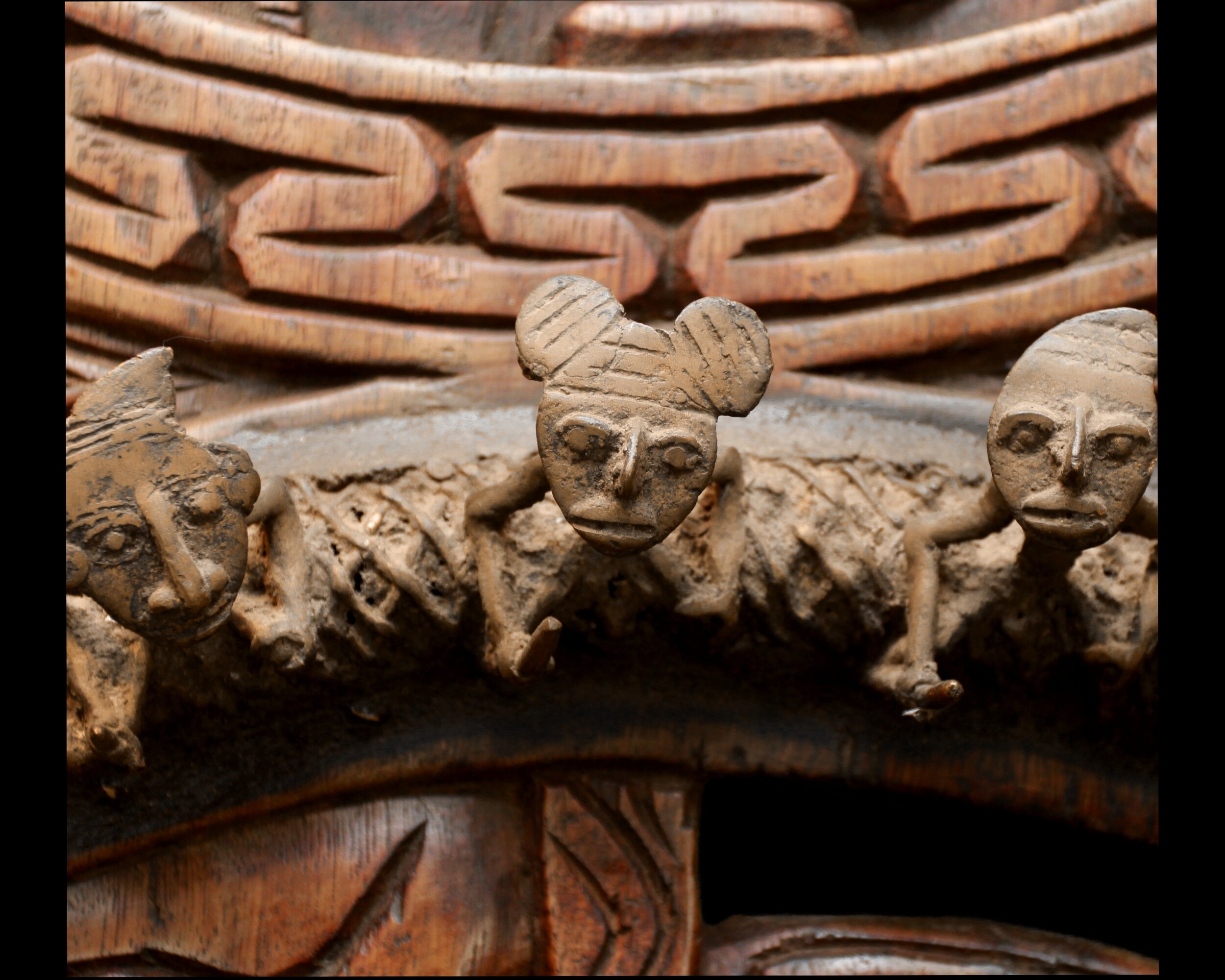
Royal Wooden Door
Bamoun. Wood, bronze castings. H: 91 in/231 cm
Provenance: Sculptor Jozue Mounchili; Ex Royal Palace Village Ngouot, Chef Superior Mongbet Vessah Ibrahim du Groupment de Njinka

